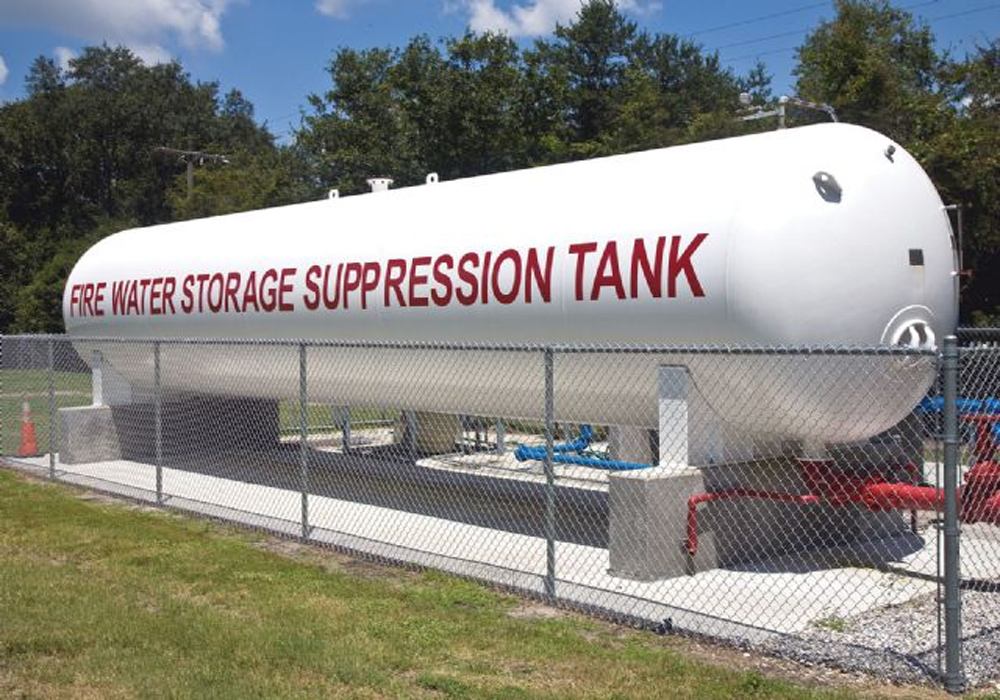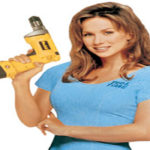 Fire protection, storage water tanks have been improving for the past few years as technology advances, and standards have become stricter, the process is evolving, resulting in increased durability, flexibility, and lower costs. Modern fire protection, storage reservoir has three common designs; welded steel tanks, bolted steel, and concrete. For projects more than 80,000 gallons of water storage, concrete is used because of its high setup cost of the equipment that is needed on the job. Concrete reservoirs are less expensive compared to other container designs. Fire protection storage tank can provide a broader capacity from 25,000 to 3,500,000 gallons of water. Not only that, welded steel storage reservoir has different variation including standpipe water containers and reservoir style storage. For some applications, smooth exteriors of welded steel storage are preferred by most customers.
Fire protection, storage water tanks have been improving for the past few years as technology advances, and standards have become stricter, the process is evolving, resulting in increased durability, flexibility, and lower costs. Modern fire protection, storage reservoir has three common designs; welded steel tanks, bolted steel, and concrete. For projects more than 80,000 gallons of water storage, concrete is used because of its high setup cost of the equipment that is needed on the job. Concrete reservoirs are less expensive compared to other container designs. Fire protection storage tank can provide a broader capacity from 25,000 to 3,500,000 gallons of water. Not only that, welded steel storage reservoir has different variation including standpipe water containers and reservoir style storage. For some applications, smooth exteriors of welded steel storage are preferred by most customers.
Out of the three types of storage systems, the bolted steel can provide the best longevity, flexibility and is cost-efficient. Bolted steel reservoir can provide a larger range when it comes to sizes because it can cover from 5,000 to 3,500,000 gallons of water. For most projects, storage is required to carry from 25,000 to 250,000 gallons of water, which are very suited for a bolted steel tank. Bolted steel storages are commonly used in existing structures to provide adequate water storage in remote areas. For example, if there’s a new structure built and it requires a lot of water for fire protection, companies can easily install a bolted steel storage even in areas with small spaces. Bolted steel storages work better with places that are difficult to reach.
These containers are made in state-of-the-art plants with complete set and delivered to the site, ready to install. Development in reservoir technology has made manufacturers up their game. Using the highest quality materials available in the market and improving the design standards as well as the durability of the bolted steel storages. Equipment used to make these containers includes CNC machinery, hydraulic press brakes, and turret punch presses, to make sure that the quality of the products will meet the exact specifications that the manufacturers intended. It also makes assembly of the tank hassle free and easy to prevent leakage. Heavy-duty, rubber gaskets from EPDM, Nuna-N or Viton are used as sealants and a durable epoxy powder to coat for protection against corrosion. Bolted water storage that uses factory-grade powder coating differs from bolted steel reservoirs that are covered with glass linings, and most of this glass coated tanks can’t be repaired if damaged. Epoxy coated steel tanks can be fixed that’s why it has a longer lifespan compared glassed fused storage.
Finishing the bolted steel reservoir in the factory will eliminate the need to polish the product, paint or sandblast in the field which is a requirement for welded steel storage. By minimizing the process, dust, noise, and traffic at the site are reduced, making these containers the perfect solution for installation in existing structures and in areas that are difficult to install. Not only that, the risk of fire is reduced by at least half if they are not grinding or welding on the site.
To ensure these tanks can perform as the manufacturer’s intended, modern storages used for fire protection are designed to this specific application. They are governed by NFPA or National Fire Protection Association code section 22. Aside from NFPA requirements, bolted reservoirs should also meet with fire marshal approvals that are related to fire protection standards. Epoxy coated bolted tanks used for potable water storage should also meet the American Water Works Association’s rules. By combining the fire protection and water storage requirements, you can combine two tanks into one large container for greater efficiency.
In addition to flexibility, precision, and longevity, bolted steel containers have proven that they are very cost effective to be a fire protection reservoir. Installers will have minimal work to be done on the job site. Bolted steel reservoir is also more affordable compared to concrete, fiberglass, PVC or stainless-steel tanks of the same size. Fabricating a bolted steel tank needs to be precise, that’s why manufacturers use precision machinery in their factory. Moving them to the job site requires minimal labor, reducing the manufacturing costs. Due to precise manufacturing, wasted materials are minimized and thus reduce the costs. Bolted steel storage containers are perfect for both storing potable water and fire protection.











